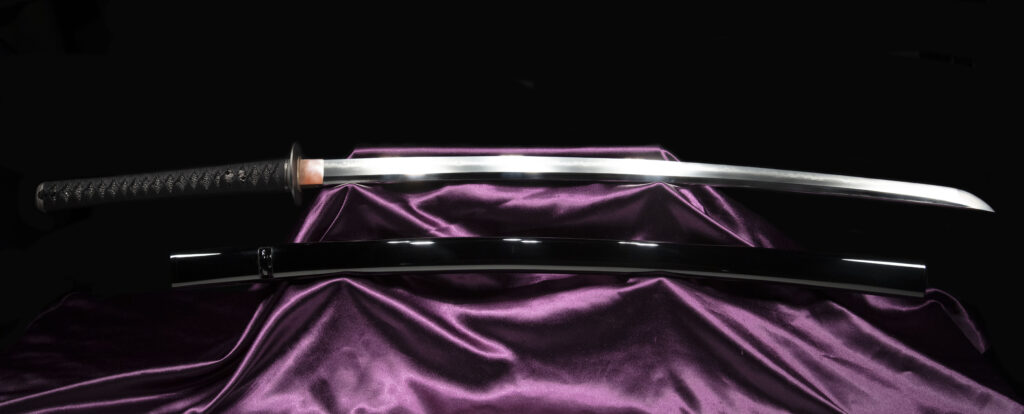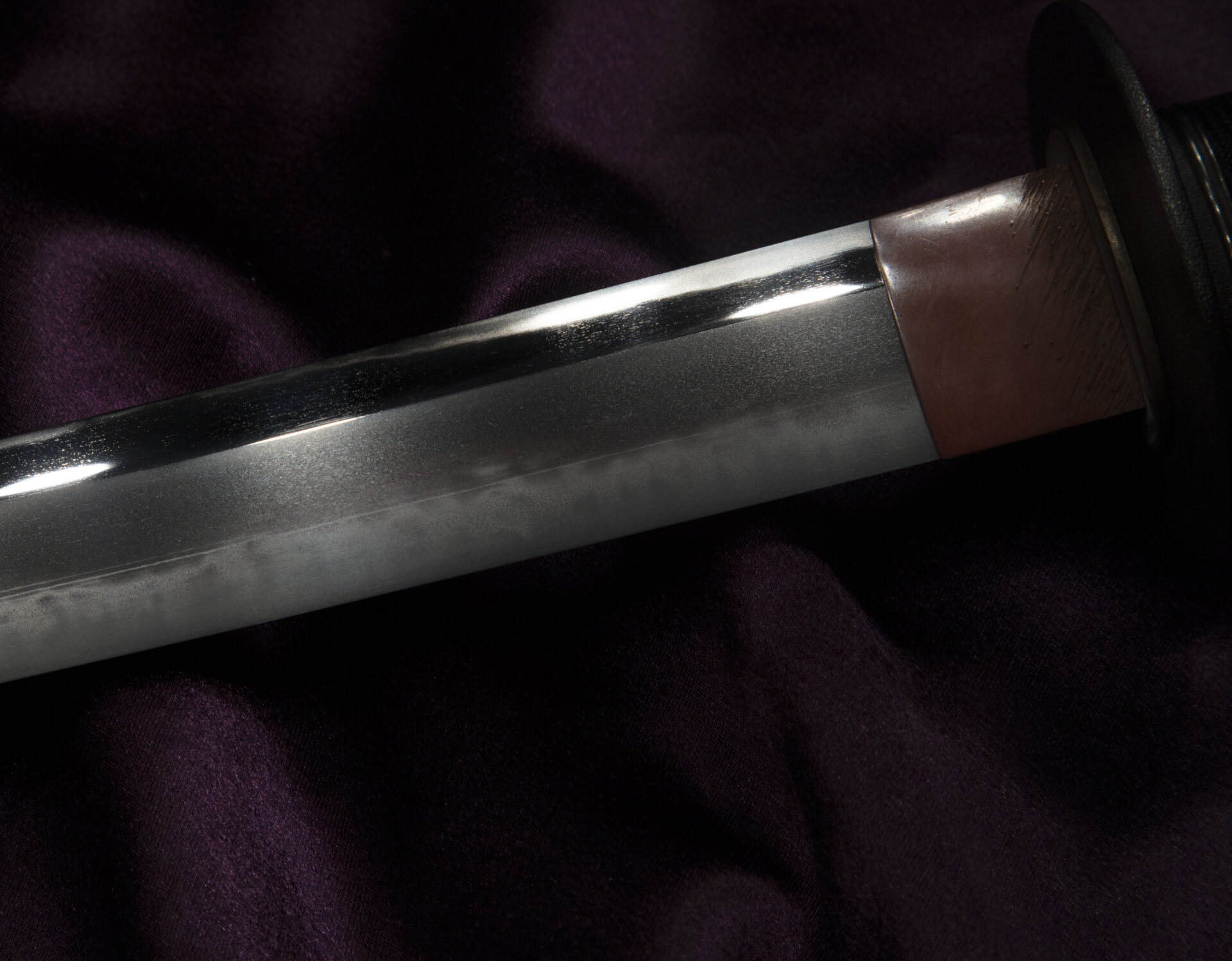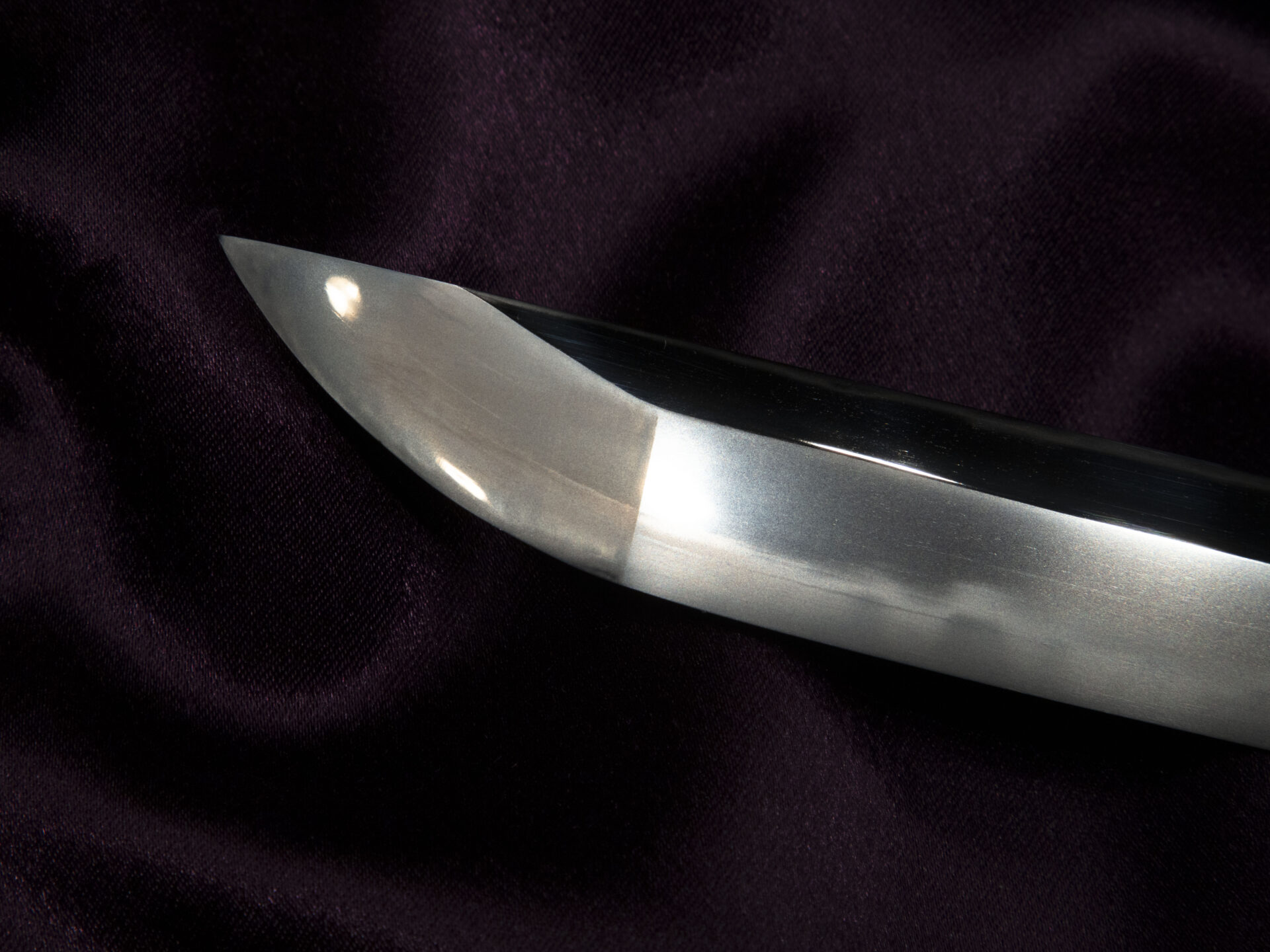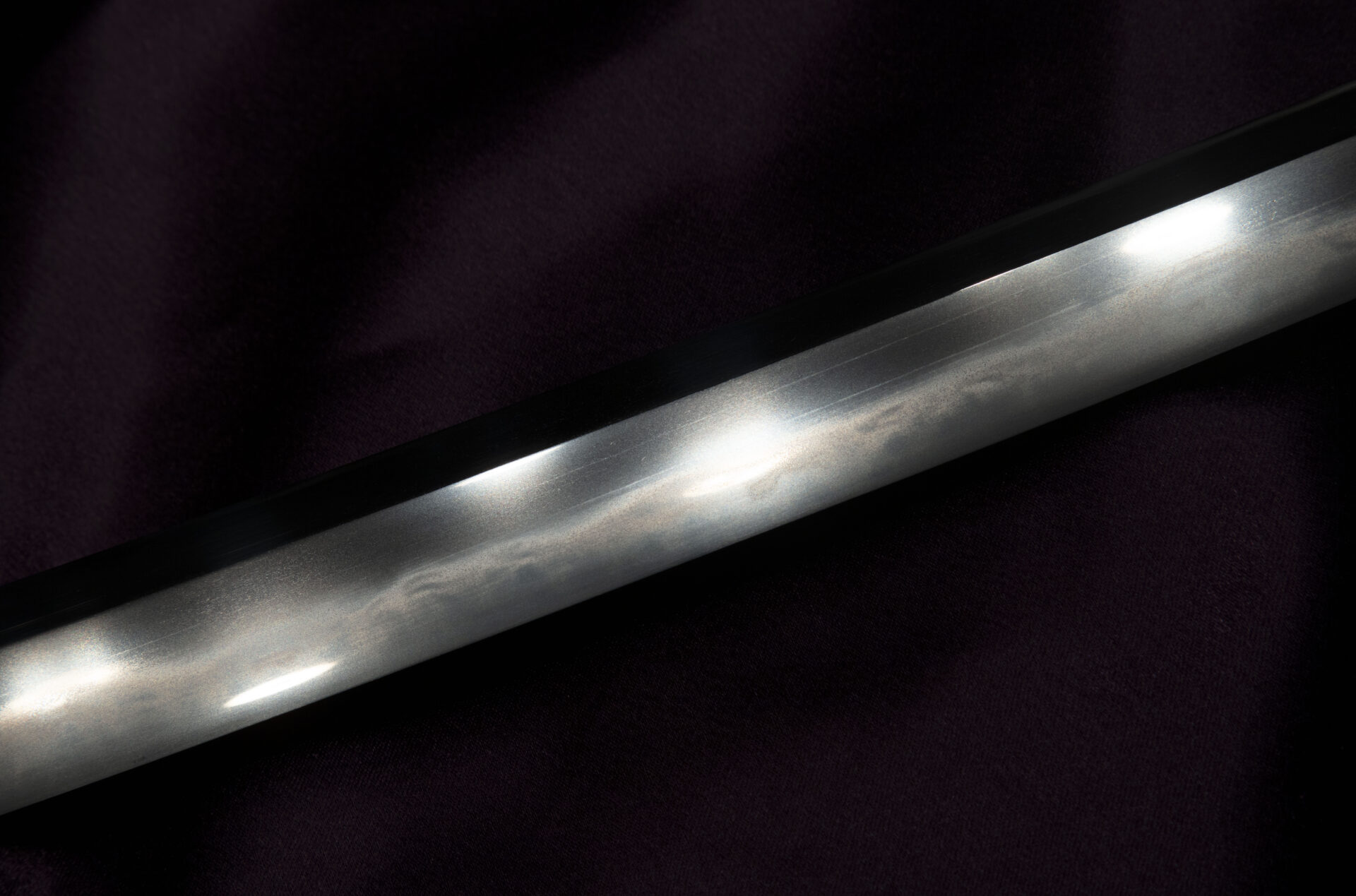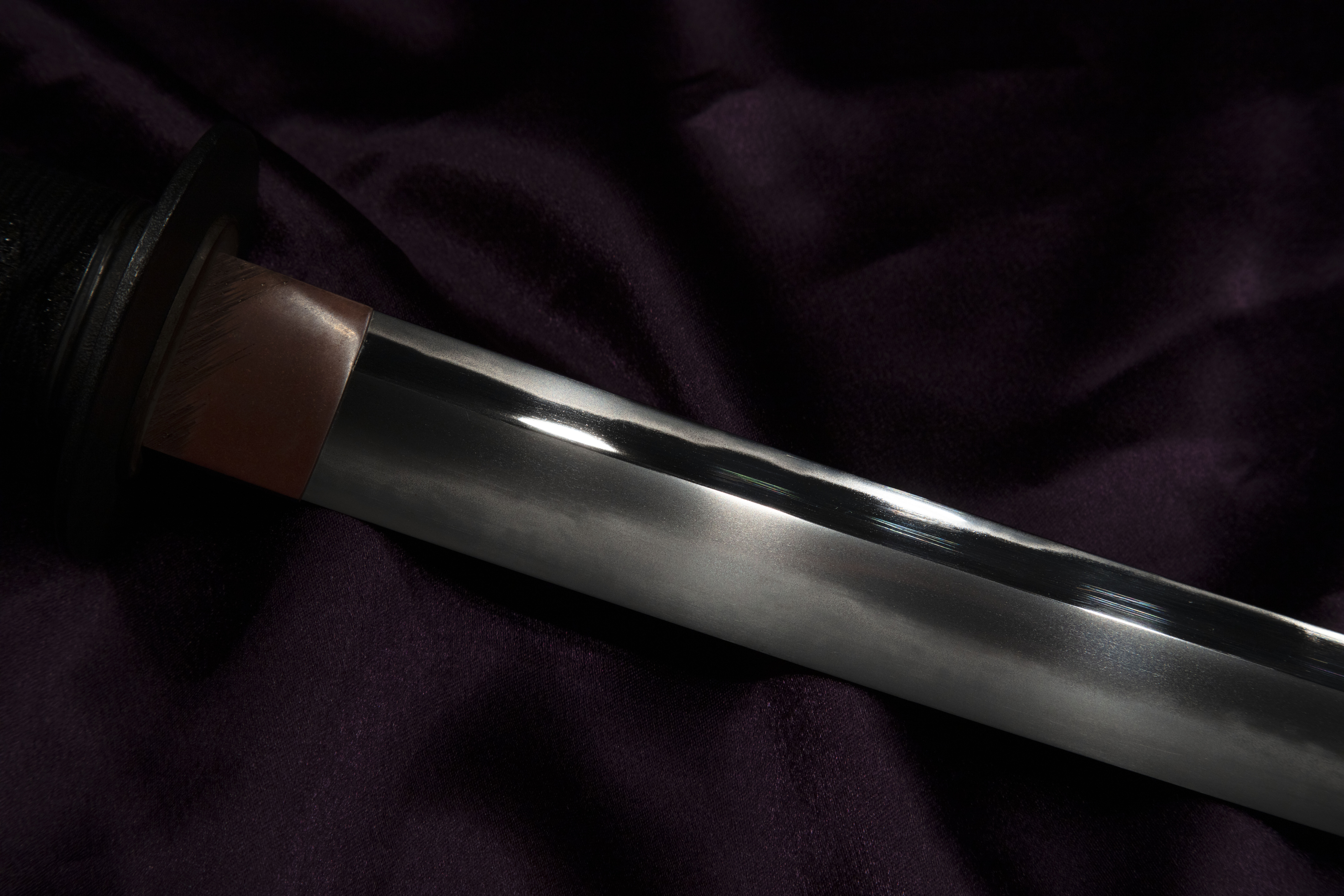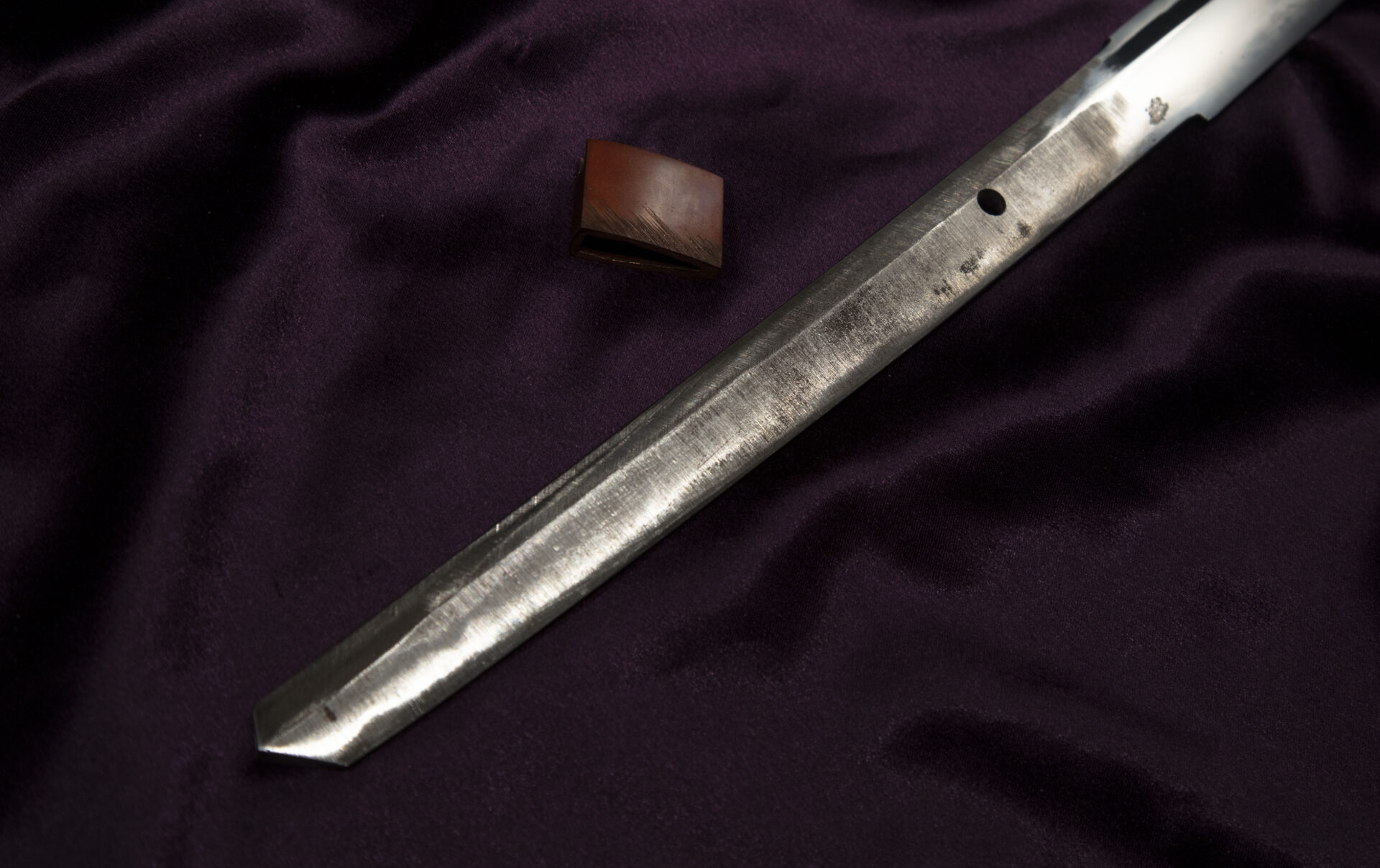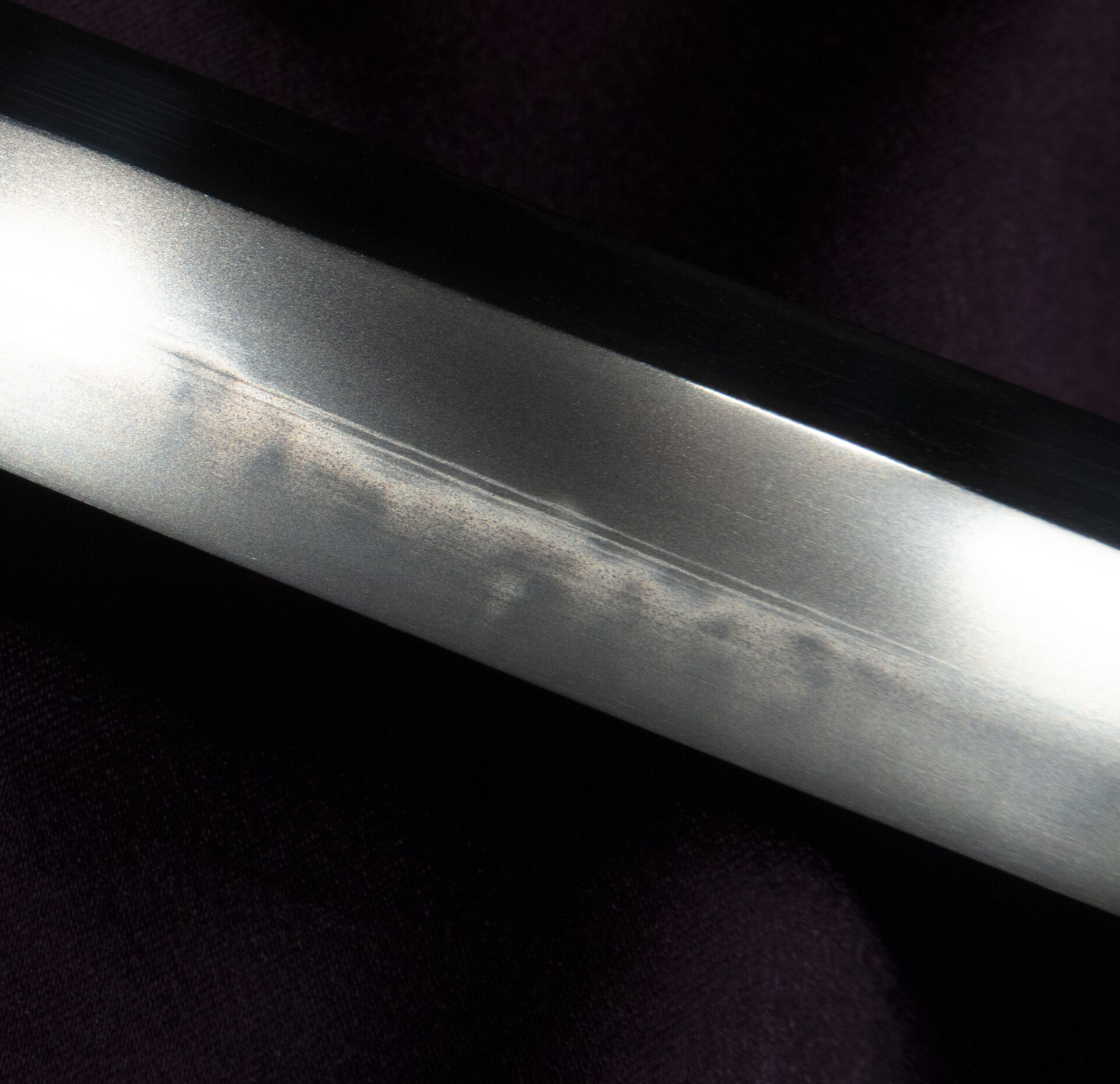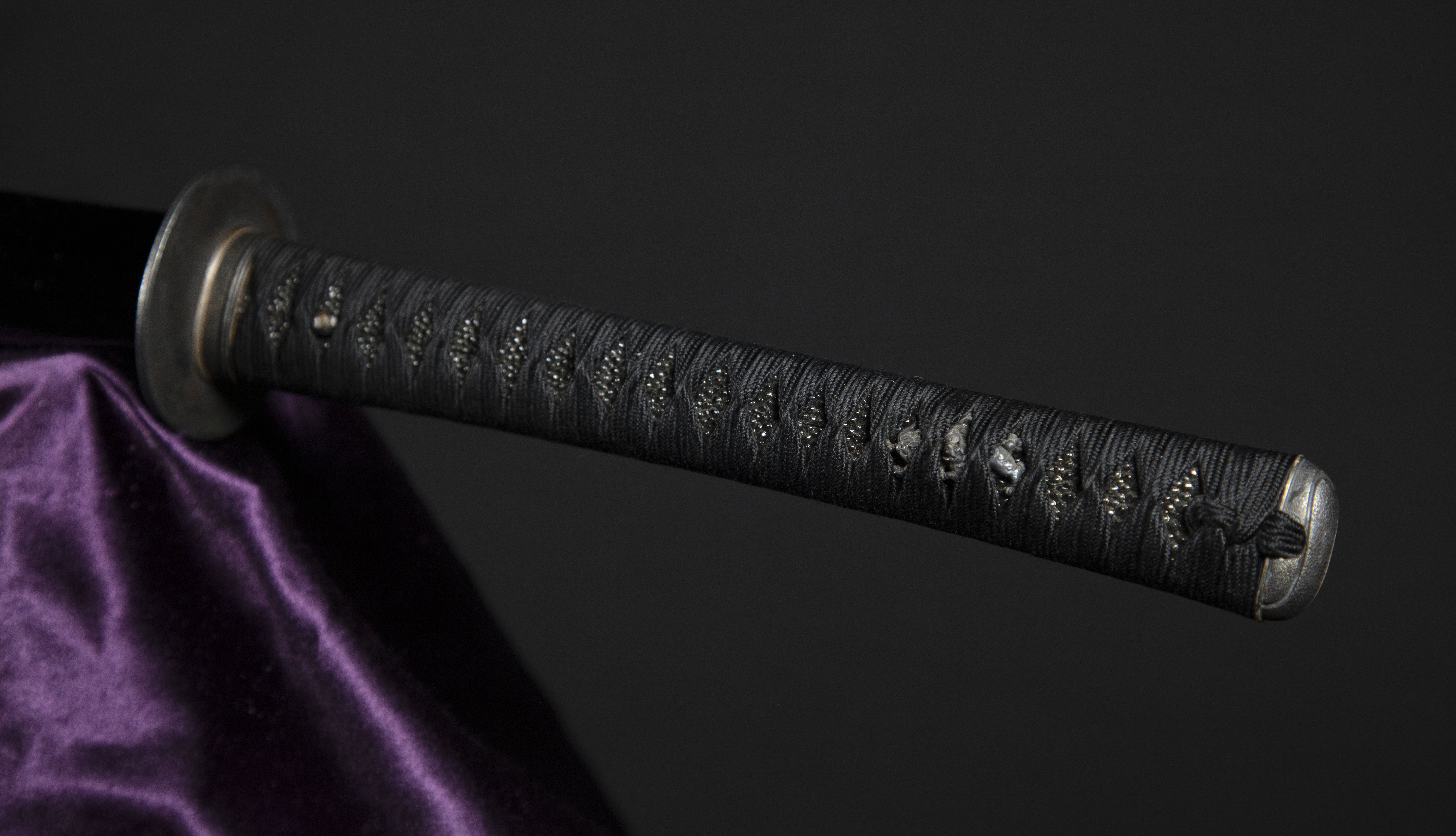PRICE REDUCED
Bob Engnath
Legendary Knife maker and Gentle Giant
Nestled in a small commercial building on Palmer Avenue in Glendale, California, lay a retail shop filled with all the tools, supplies, and materials to delight knife makers near and far. “Blades ‘n’ Stuff” made these things available to knife makers at every level from “never made one before”, to “made hundreds and wanna make more”. The proprietor of the shop, Bob Engnath, was a tall and husky man, yet unimposing with an inviting demeanor. He was knife making as a part time effort since the mid 1970’s and by 1979, embarked on it as a full time endeavor. He was patient, generous, soft-spoken, and a legend in the knife making community. He gave many people their start, and liberally handed out information and advice with no thought of benefit or advantage to himself. Bob would generously spend his time talking about the craft, or answering any question with equal patience and candor. He was quite literally one of the kindest individuals I ever met, and though he passed away in 1998 (gads, has it really been 25 years now??), he remains to my memory, still that man.
Bob, his wife and partner, Stephanie, and their son, Kirk, worked in this family operation and produced several versions of a catalog detailing not only all the knives patterns that Bob personally made, but also all things one could ever want to make a knife, and Bob’s instructions and advice on “how to” on just about every aspect of making a knife. In fact, catalog Number 5, which I have in my possession, is titled “Catalog and Instruction Manual featuring Handcrafted Blade by Bob Engnath and Knifemakers’ Supplies”. Bob wanted to share his knowledge freely and although the catalog was $5 back in the day, it was a deal at 10 times the price. The text contained inside was the voice of Bob, and reading it today, I can still hear his timbre. It’s informal yet remarkably insightful, soulful, and holds his lessons and anecdotes, do’s and don’ts, inspirations and even shortfalls. It reads in an organized stream of thought with occasional quips tossed in to make sure you’re still paying attention. The words are that of a supplier, mentor, elder, and friend best enjoyed with a cup of coffee or a frosty barley pop.
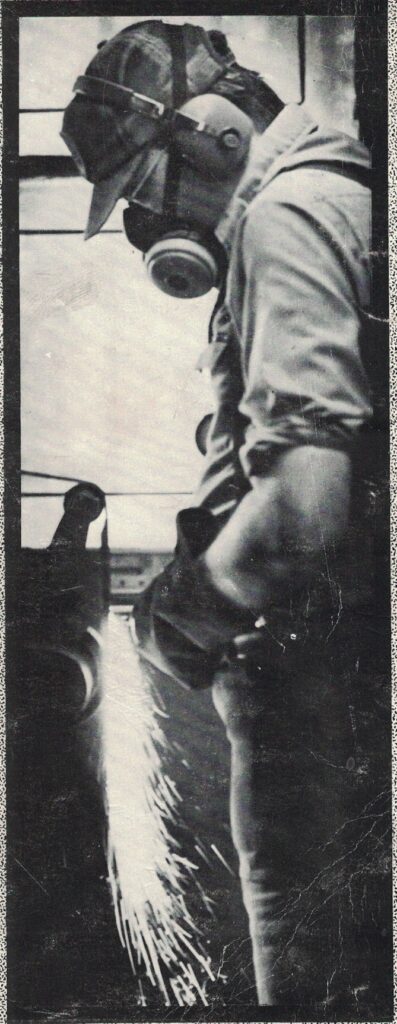
Image of Bob Engnath at one of his four Burr King grinders, doing what he did best. From the cover of the Blades ‘n’ Stuff Catalog circa 1996.
Bob spent countless hours at the grinder turning out knife blanks that his customers could complete on their own. His business model reminded me a great deal of the old Tandy Leather stores where one could purchase kits with all the basic parts and supplies, that could be finished as the hobbyist was desired. His reputation as a grinder approached legendary and he was by most accounts, regarded as the best grinder in the knife making world.
Among the dozens of different types of knives that Bob Engnath skillfully made, he also took on an exploration of Japanese inspired shapes on which he could create a differentially heat treated edge, or visible yakiba. He was familiar enough with how the Japanese made swords with a yakiba and thus began grinding and heat treating Japanese style blades of many types, all that would show a hamon that was so popular with Japanese edge weapon enthusiatists, practitioners, and collectors.
The material he frequently chose for these sword blades was a readily available industrial 1050 monosteel. It was simple, durable, somewhat predictable, and since the heat treating process to achieve a differential heat treat is quite stressful on the material, it was also quite a forgiving steel type in this regard. From bar stock material, he would grind the basic shape and then coat the sword in insulation material called refractory cement. The blade was heated, and then quenched in a metal trough containing water. The blades were checked for cracks (hagire) and sold unpolished, unmounted, in a basic ground shape that would then need to be polished and mounted, just like any other of the blade blanks he offered.
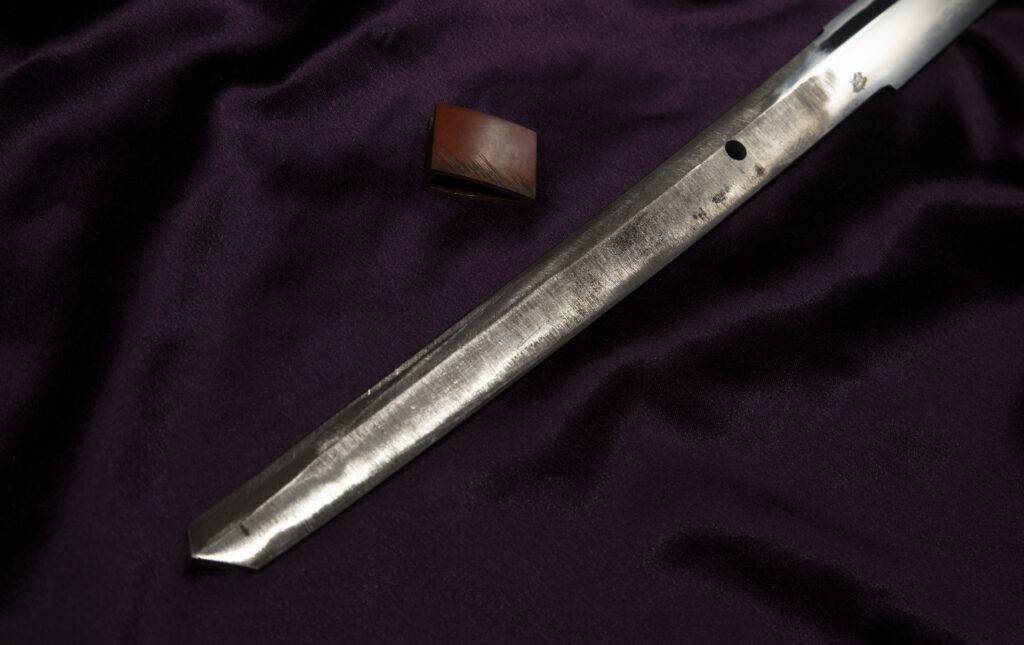
The shape of the nakago on his swords were rudementary and he did not sign them. He also did not offer any fittings or mounting services for his sword blades. Many were purchased by folks that would later finish them on their own, or send them out for finish work to other knife makers, or specialists. Bugei Trading Company worked closely with Bob Engnath and in their own catalogs, offered start to finish custom order of Bob’s swords to their clients. I began polishing Bob Engnath swords for Bugei Trading Company in 1996 and continued to polish all their custom ordered swords after Bob passed away and Howard Clark stepped in with his Banite L6, and 1086 creations.
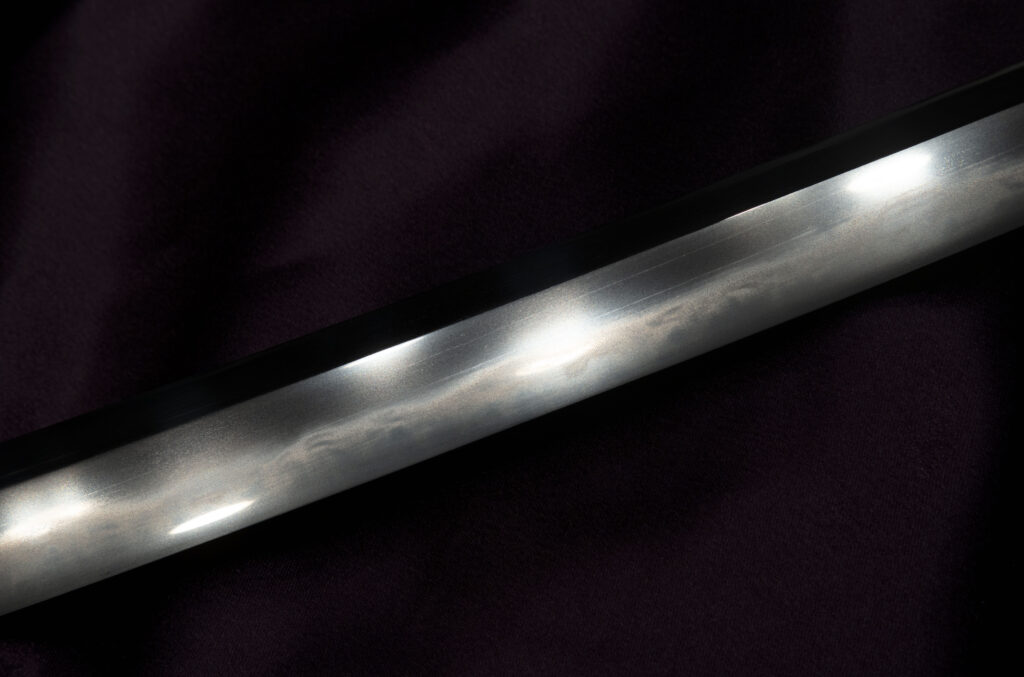
Engnath Japanese styled blades have some unique characteristics including the formation of conspicuous and abundant nie structure which are rarely seen on non-Japanese works, and where they are seen, not in the concentration and distribution that Bob was able to acheive.
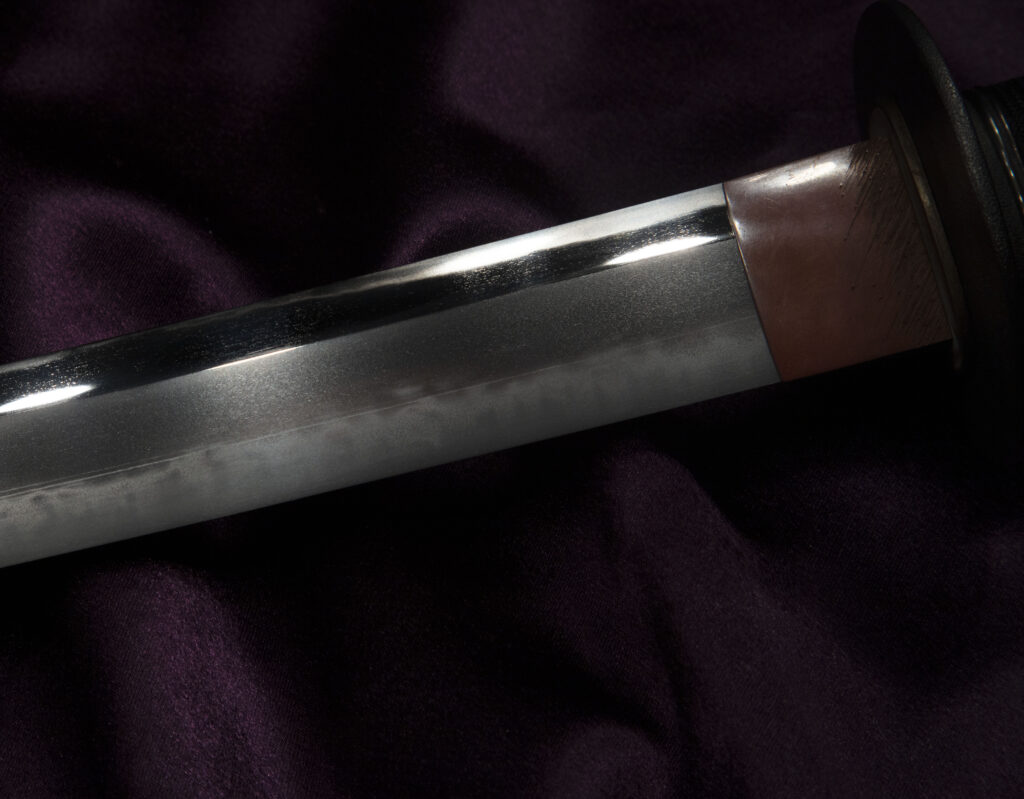
Bob also took on the habit of installing muneyaki along the length of the sword with wider presence beginning in the area of the habaki and extending several inches into the body of the sword. Bob explained that he did this in an effort to stiffen the sword and reduce the chance of bending and “taking a set” when practitioners used them for tameshigiri. If the path of the cutting edge into target (called “hasuji”) during a cut is not true, the blade will be deflected into a tangent off the cut and a bend can propagate. Thus, Bob addressed this possibility by installing the muneyaki to counter the stresses. However, Bob took the opportunity detail in his catalog that his sword blades did not have “magical properties” and could not perform the fantastically mythical feats for which traditional Japanese swords have been touted since time immemorial.
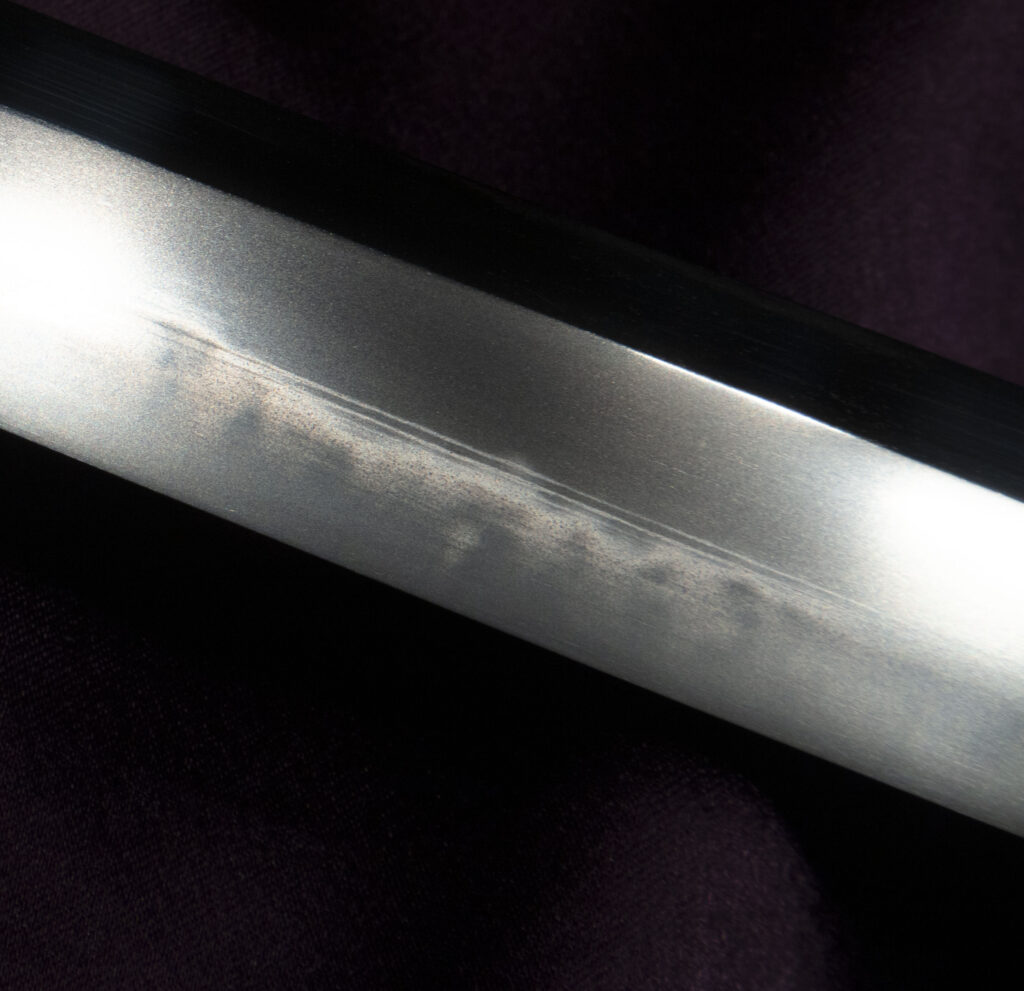
This sword is very nice and exemplary of all the characteristics and details for which Bob’s Japanese style swords were know. The yakiba is a very active midare with nie seen throughout the length and into the boshi. There are long ashi reaching from the habuchi to the hasaki, with yo inserted. The long, straight lines in and above the yakiba are actually formations that occur because the basic steel is industrially formed by “hot rolling” which squeezes the steel during production into bars. Industrial steel does not have the “hada” (grain) that Japanese swords exhibit. Industrial steel is initially produced in a homogenous (i.e. “liquid”) state. During the forming process, a “mill grain” is propagated through the squeezing of the materials and its constituent elements. This creates the regions where these lines occur which show the interaction of the heat treating with the steels microstructure and composition boundaries.
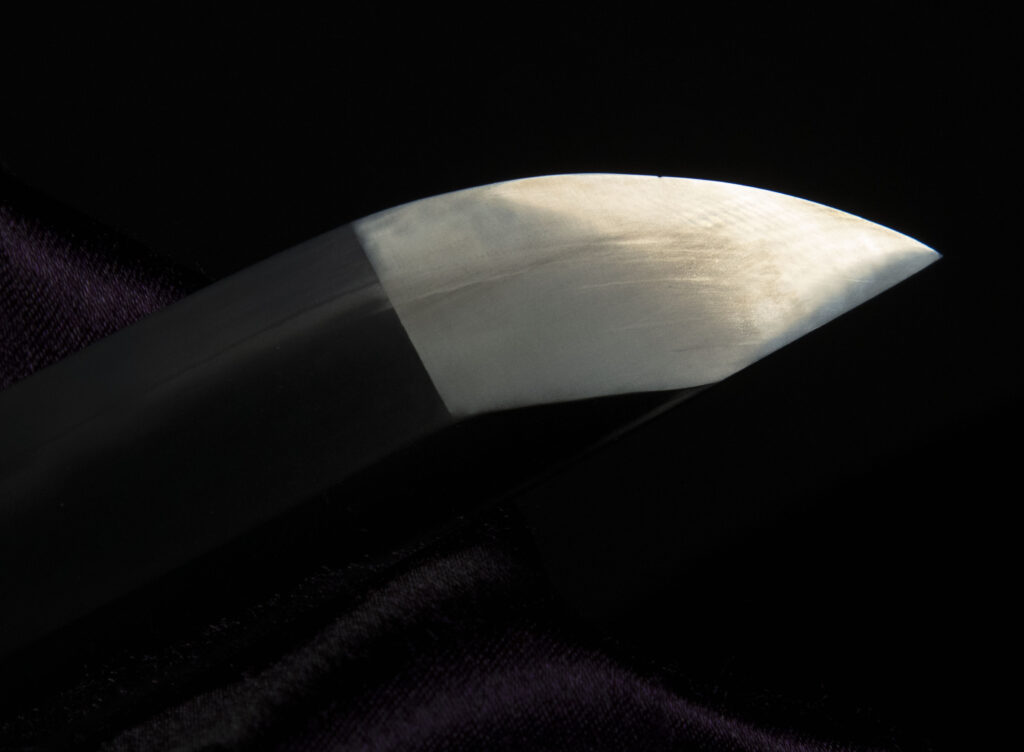
The boshi is quite attractive with nie and sweeping effects that are reminiscent of kaen (flame) Boshi.
Nagasa: 76.2 cm
Motohaba: 3.3 cm
Kasane: 6.5 mm
Kissakihaba: 2.3 cm
Kissaki kasane: 5 mm
It’s been quite a long time since I’ve seen any others offered for sale that are in polish and well mounted. This one is in excellent condition and does not look to have been handled a great deal. Certainly it has not been used for practice. The polish is excellent and Bob would be proud.
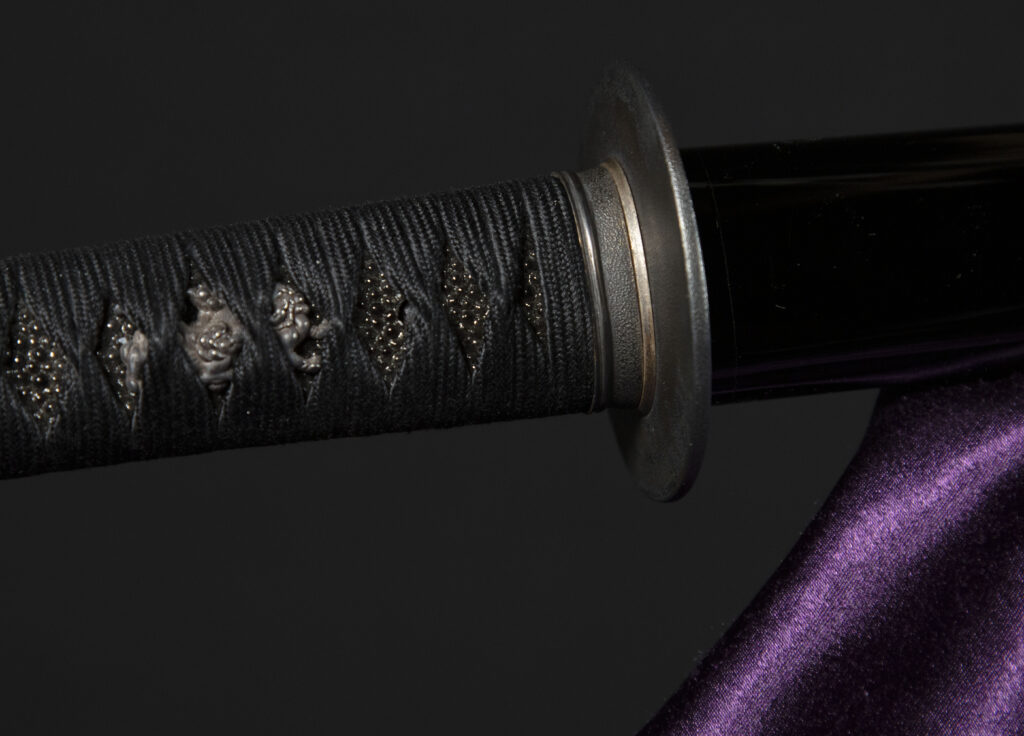
The mountings are fitted very nicely, and are tight. The fuchikashira was obtained from the Fred Lohman company and their hallmark is on face of the fuchi. I suspect the menuki are also from Fred Lohman company however I am not sure about the tsuba. The saya is gloss black and aside from one small ding about 8 mm x 2 mm, it is in excellent condition. A black sageo will be provided with the sword, and it is accompanied by a high quality brocade bag in gold with a dark blue fusahimo.
This is a lovely sword by one of the most well regarded American contemporary blade smiths.
Price: On Consignment: SOLD
